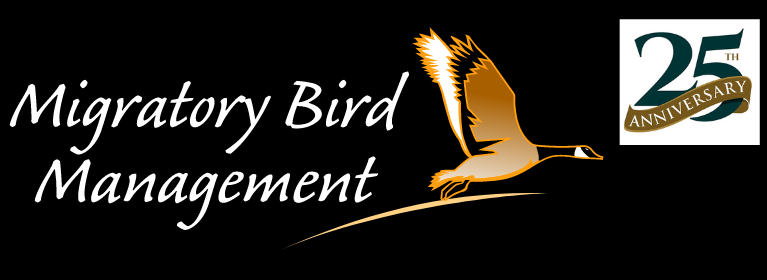Gull Egg Depredation & Nest Management Service
How do you know if your property has a nesting gull problem? Sometimes you don’t hear about it until your maintenance team or your HVAC contractor is performing service on your roof in April or May. If there is activity going on you may learn that gulls are acting aggressively towards anyone walking on your roof or small nests will already be located throughout the roofing structure or at the ground level. For others, they can see and hear large groups of gulls swirling around the roof of their building or they may see abnormal amounts of gull droppings on the side of the building, parking lot, or even on parked cars in the lot.
When these problems occur, it is important to have a professional inspection as soon as possible to better understand the size and scope of the gull nesting problems on or around your building. Depending on the timing of the inspection there may or may not be enough time to get the necessary permits in place to complete Gull Egg Depredation services (nest removal programs).

Gull Egg Depredation Services Include:
- Securing the necessary federal or state permits to perform the work
- Site visits every 15-20 days during nesting season to remove eggs during the months of May, June, and July.
- Removing eggs regularly to drastically reduce the time gulls spend on roof raising offspring
- Reduction in gulls nesting on property in the future
- Population growth control, which reduces overall conflict in entire area
- THIS SERVICE REQUIRES A FEDERAL PERMIT!
- Frequently Asked Questions (FAQs)

What You Can Expect from Our Service
We understand that each property having problems with gulls will experience issues unique to that property. For that reason, we complete a full evaluation and develop a plan that specifically addresses your conflicts. Once we determine the size and scope of the nesting gull population on your property, we will create a Gull Egg Depredation plan that will include visiting your site every 15-20 days during nesting season to remove gull eggs.
It’s important to note that timing is everything when requesting and performing this service because federal permits must be requested and received prior to any work commencing on the property. Please CONTACT US immediately if you believe you may have a gull nesting problem at your property so we can begin the permitting process as soon as possible.

Gull Nesting Behavior
Gulls (both ring-billed & herring gulls) breed in colonies and typically nest starting in May and ending in July. Gulls build their nests on the ground near water in an area with sparse plant growth or rooftops or other large flat surfaces. Gull Egg Depredation is the most effective way to control gull populations.
- Nests for ring-billed gulls will have two to four eggs typically, unless a female pair share a nest.
- Herring gulls will usually have three eggs, sometimes less but very rarely four
- Gulls will nest in colonies of up to 20,000 individuals.
- Nests can be built within one foot of each other
- Gulls WILL defend their nesting territory
Issues Caused by Nesting Gulls
- Health & human safety conflicts
- Structural damage to the roof
- Unsanitary droppings that can become toxic
- Population growth
- Increased maintenance costs from window and facade cleaning


